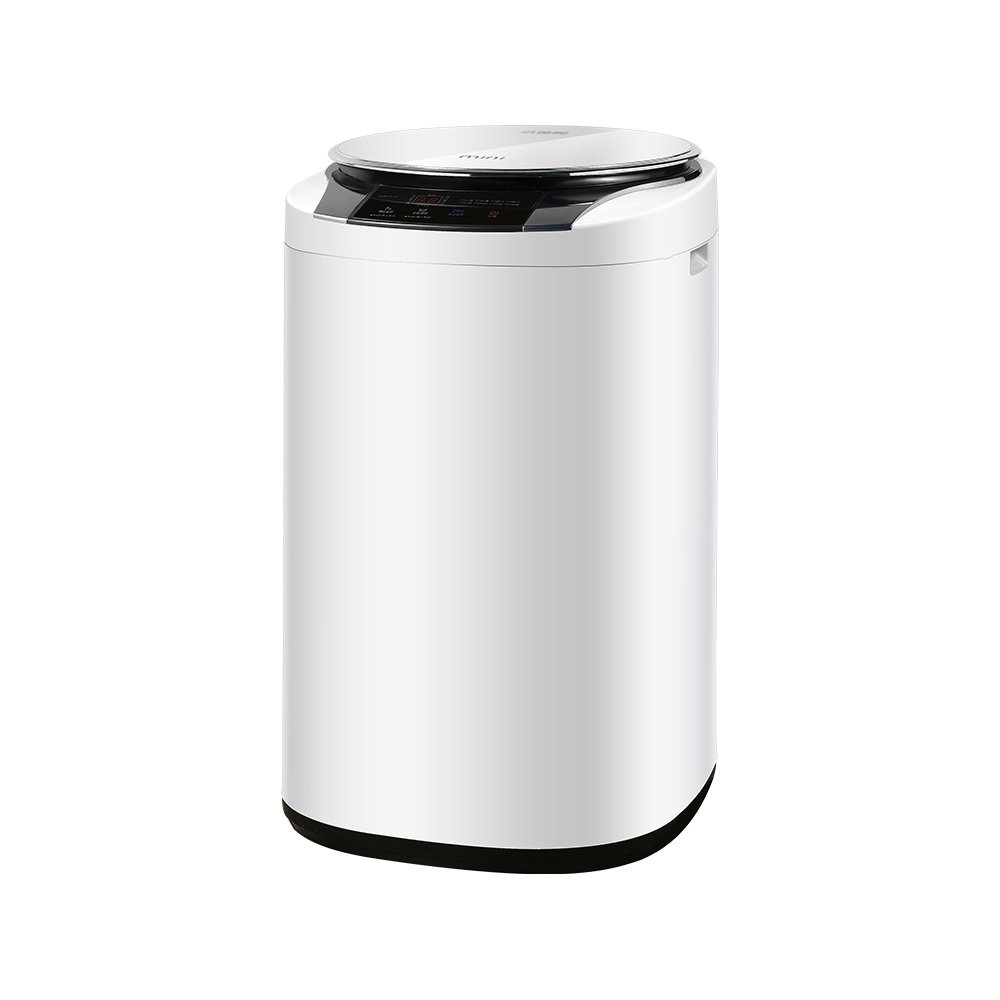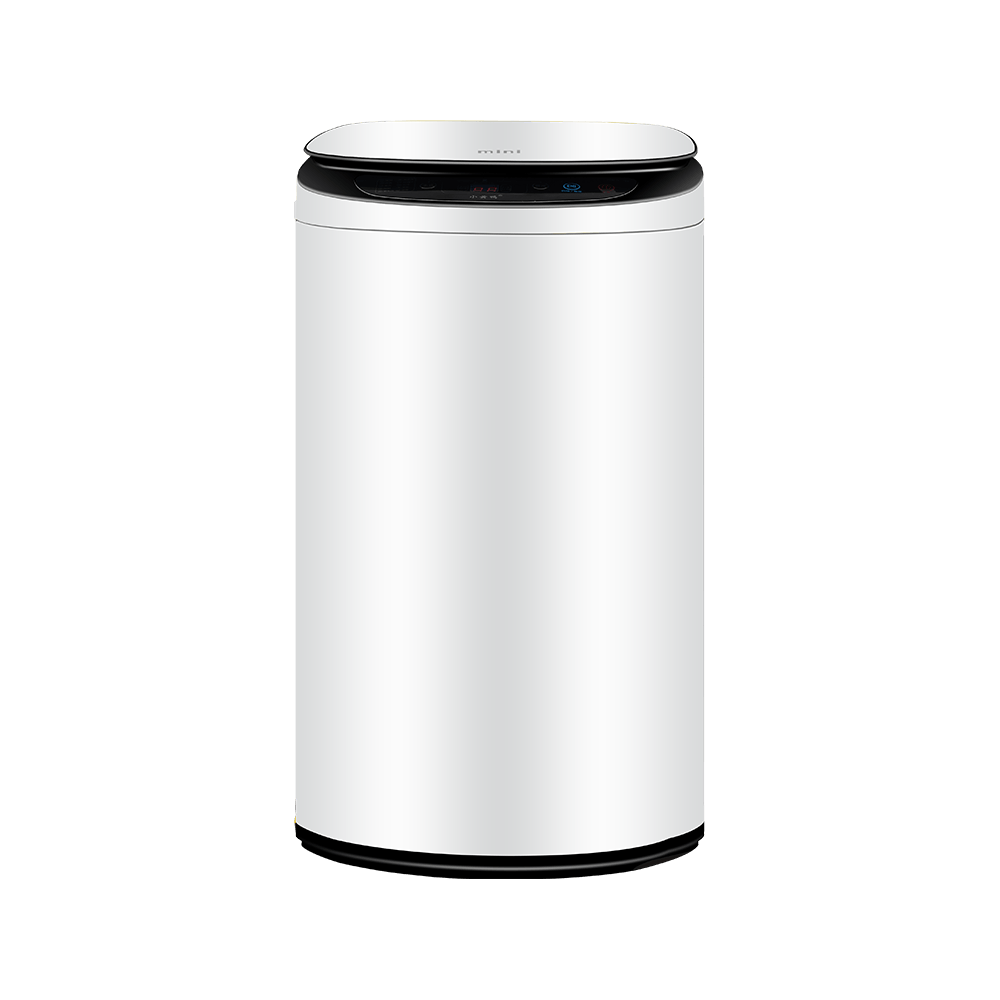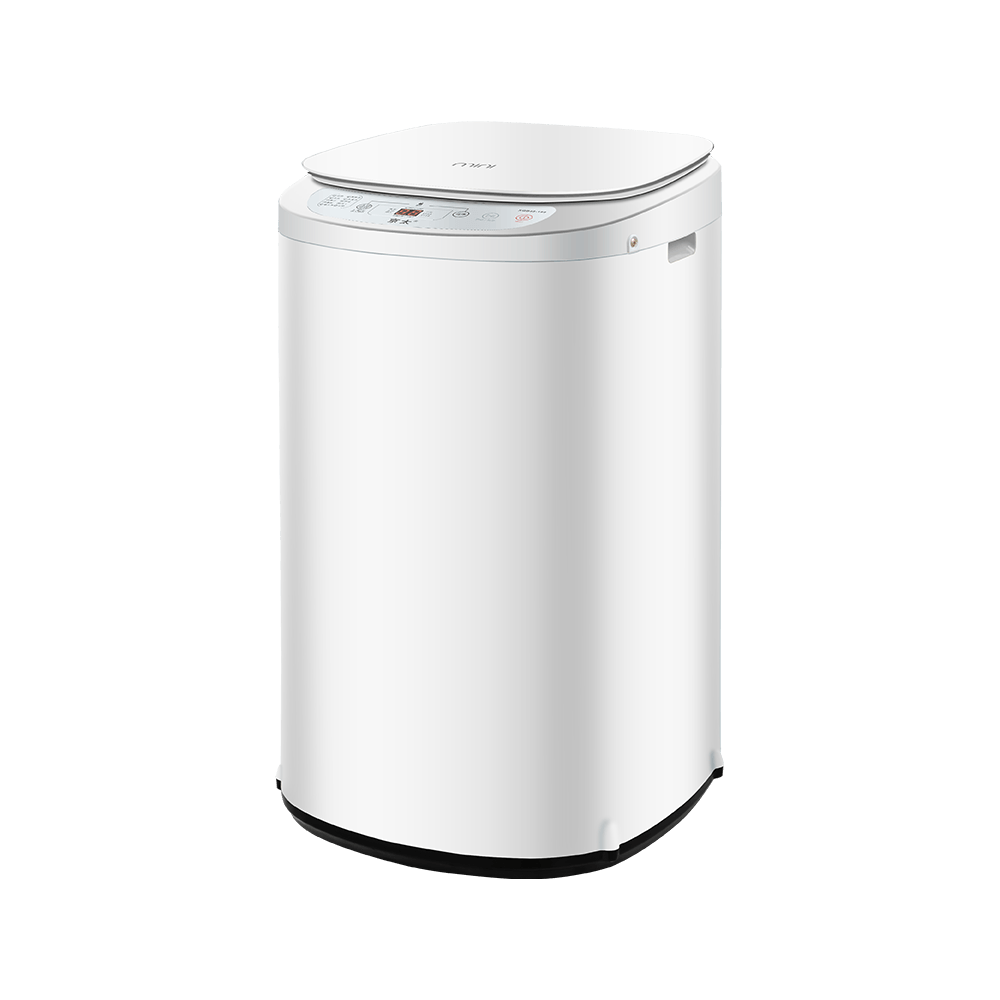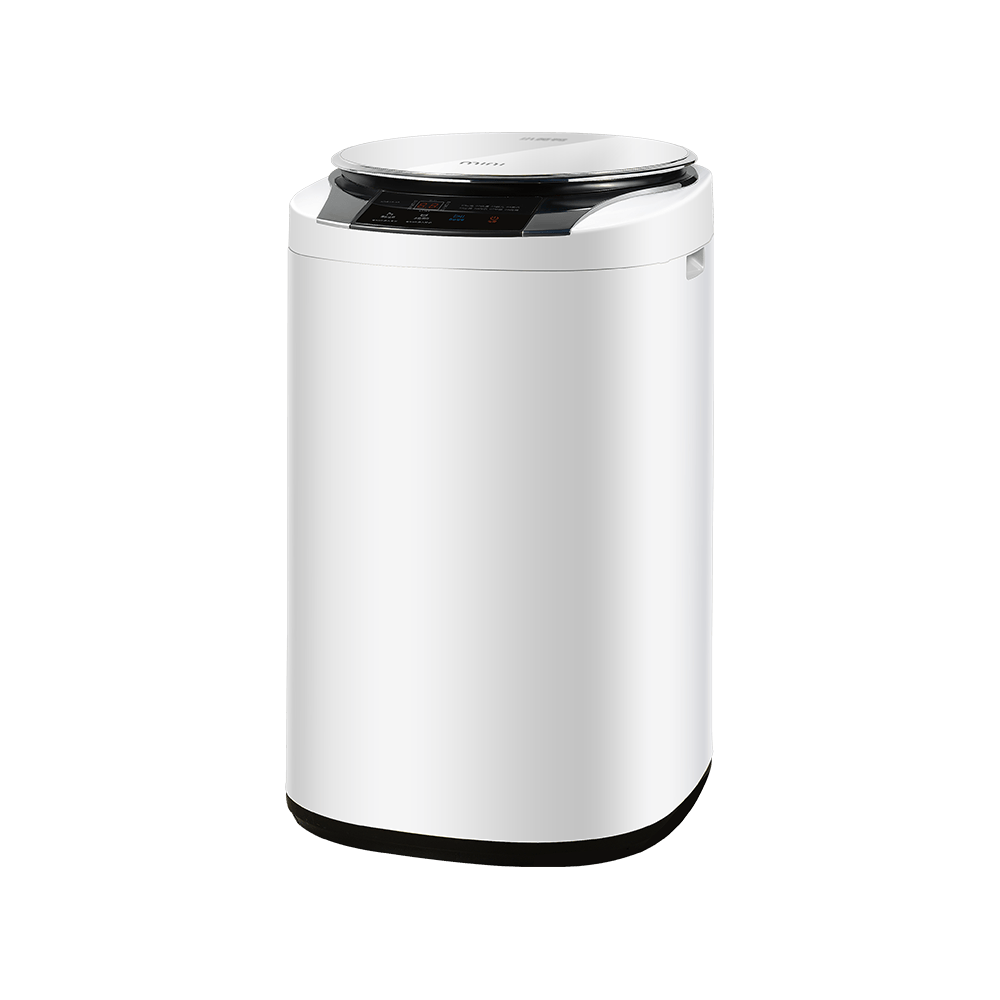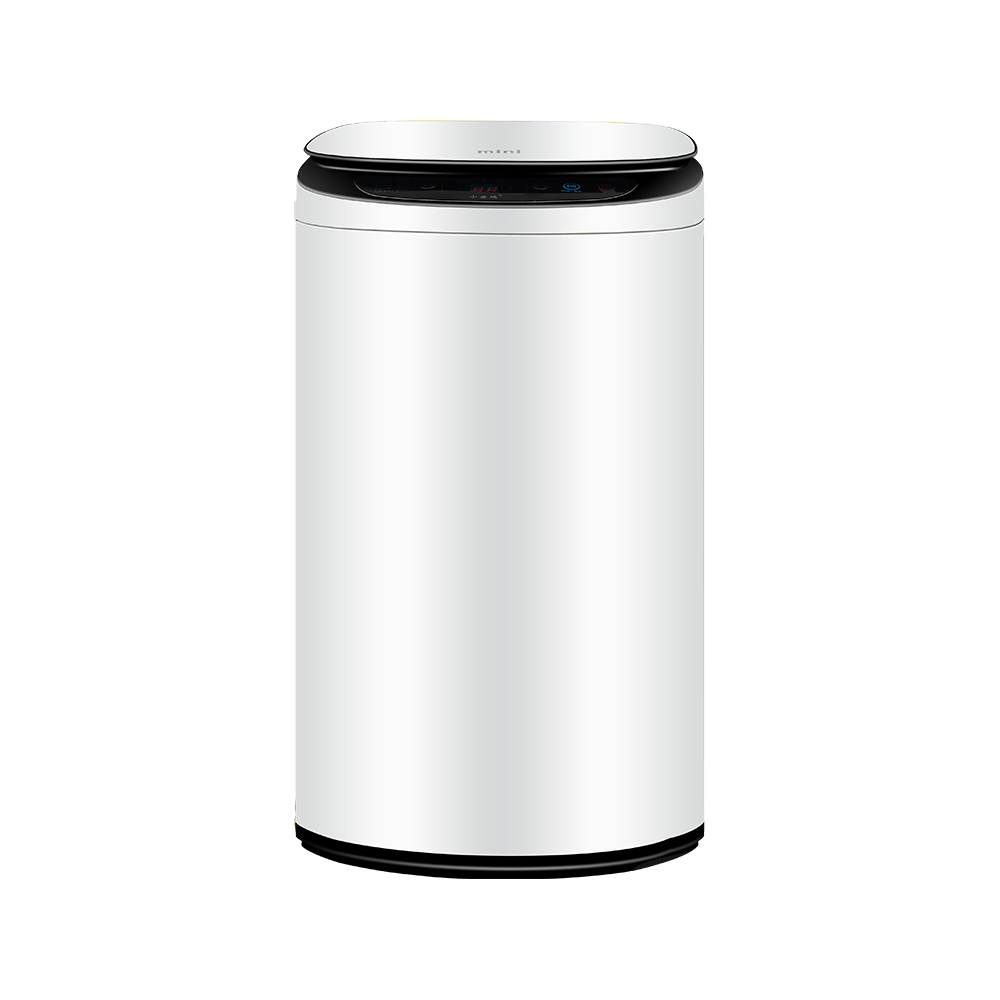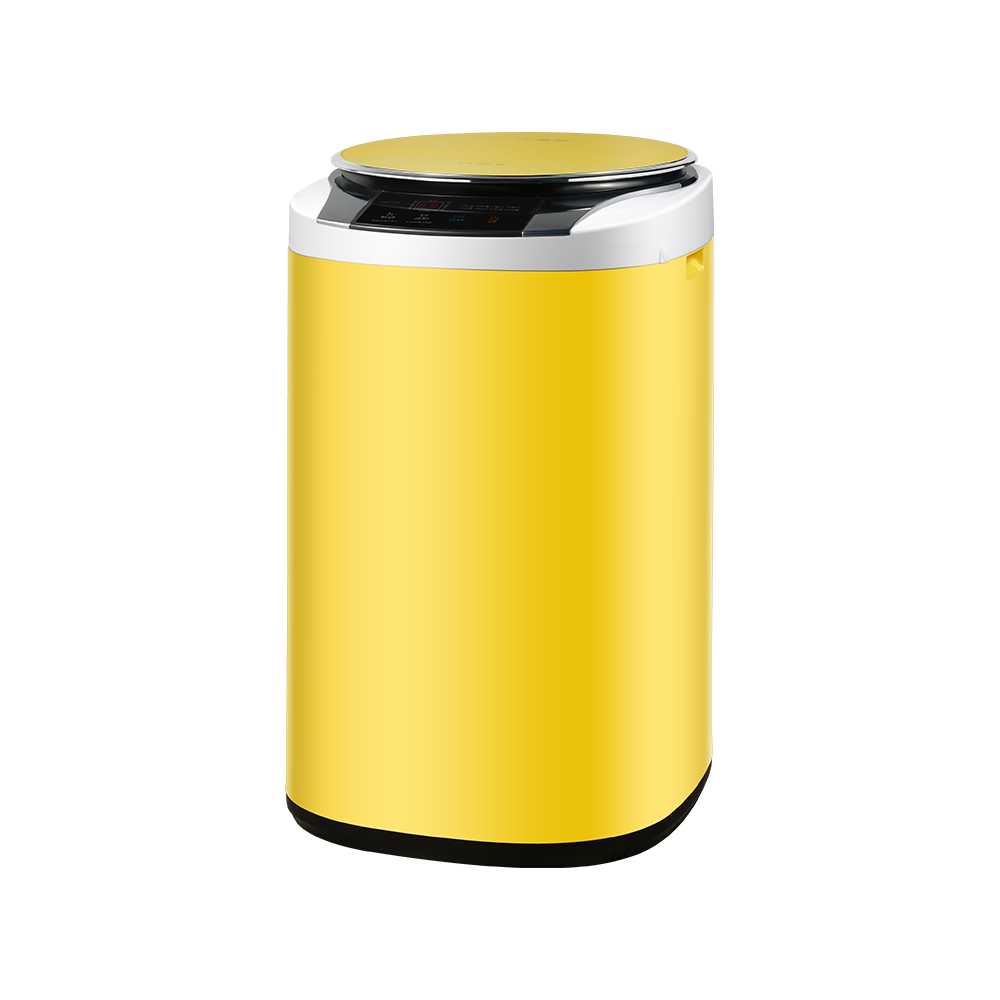Intelligent water level sensing design
Fully automatic washing machines widely use intelligent water level sensing technology, which detects the weight and volume of clothes through built-in sensors and automatically determines the required amount of water. This design can adjust the water intake according to the number and material of clothes to avoid wasting water resources. For small amounts of clothes, the machine will only inject the necessary amount of water, which not only saves water but also reduces electricity consumption, because the energy consumption used in heating, agitation and drainage will decrease as the amount of water decreases.
Phase-based water supply program
Some fully automatic washing machines use a phased water supply program, and the amount of water required for each stage of washing, rinsing and dehydration is independently controlled. After the user selects different programs, the device will automatically determine the water demand for each stage. Compared with traditional fixed water levels, this design reduces unnecessary water use and achieves efficient use of water resources while ensuring the washing effect.
Energy-saving drive with variable frequency motor
Many fully automatic washing machines are equipped with variable frequency motors, which can automatically adjust the motor speed and power output according to different washing stages. Variable frequency motors can maintain stable operation with lower power consumption during startup, washing, rinsing and dehydration, reducing energy waste. At low speeds, the motor runs more smoothly, and noise and vibration are also reduced. Variable frequency drive technology allows washing machines to achieve energy conservation while extending the service life of major components.
Automatic detergent dispensing system
Many models of modern fully automatic washing machines are integrated with automatic detergent dispensing systems, which automatically mix the right amount of detergent and softener for each wash by calculating the weight of the clothes, the degree of dirtiness and the water level. This not only prevents excessive detergent from wasting water resources during rinsing, but also reduces the pressure of chemical emissions on the environment. Through precise dispensing, the washing process is more efficient and the amount of rinsing water is also controlled.
Energy-saving washing mode
Fully automatic washing machines generally have low-energy consumption modes such as energy-saving washing, quick washing or cold water washing. These modes are aimed at lightly dirty or small batches of clothes, shortening the washing time and reducing water and electricity consumption. For example, the cold water washing process relies on the strength of the water flow and mechanical action to remove stains, avoiding the energy consumption required to heat the water. The quick wash mode shortens the washing and rinsing time to reduce overall energy consumption.
Multi-stage temperature control heating technology
Some fully automatic washing machines use a multi-stage temperature control heating design, which can be heated to different temperatures on demand to avoid energy waste caused by high temperatures throughout the process. Users can choose to wash at 30°C, 40°C or higher temperatures, matching the appropriate water temperature according to the material and degree of dirtiness of the clothes. This technology not only achieves energy saving, but also reduces the risk of damage to clothes caused by high temperatures.
Automatic shutdown energy-saving protection
Fully automatic washing machines usually have an automatic shutdown function, which will stop running immediately when the program is completed or an abnormality is detected, reducing power waste. For example, when the washing machine detects a problem or is forced to pause during the water intake, drainage, dehydration, etc., it will automatically cut off the power supply and standby to save unnecessary power consumption. This design helps users save energy while preventing accidents.
Inner barrel spray system helps save water
Some fully automatic washing machines use an inner barrel spray system during the rinsing stage to rinse away residual detergent with high-pressure water flow. This method is more efficient than traditional full barrel water rinsing, and only a small amount of water is needed to achieve a cleaning effect during rinsing. Efficient spray rinsing reduces the number of rinsing times and water consumption, which helps save overall water resources.
Drum structure optimization
The drum-type fully automatic washing machine uses the perforated design on the inner drum surface and water flow optimization to make the water flow more efficient when circulating in the drum to wash clothes. This design helps improve the efficiency of water utilization and achieve better washing and rinsing effects with the same amount of water. The optimized water flow path allows a small amount of water to fully act on the surface of clothes, reducing ineffective water use.
Water-saving tips and data feedback
Some smart fully automatic washing machines are equipped with smart displays or linked with mobile phone APPs, which can display the water and electricity consumption data of each wash in real time and provide users with water-saving suggestions. This type of design helps users develop scientific usage habits, optimize laundry behavior through data feedback, and gradually reduce water and electricity waste in daily life.


 English
English عربى
عربى